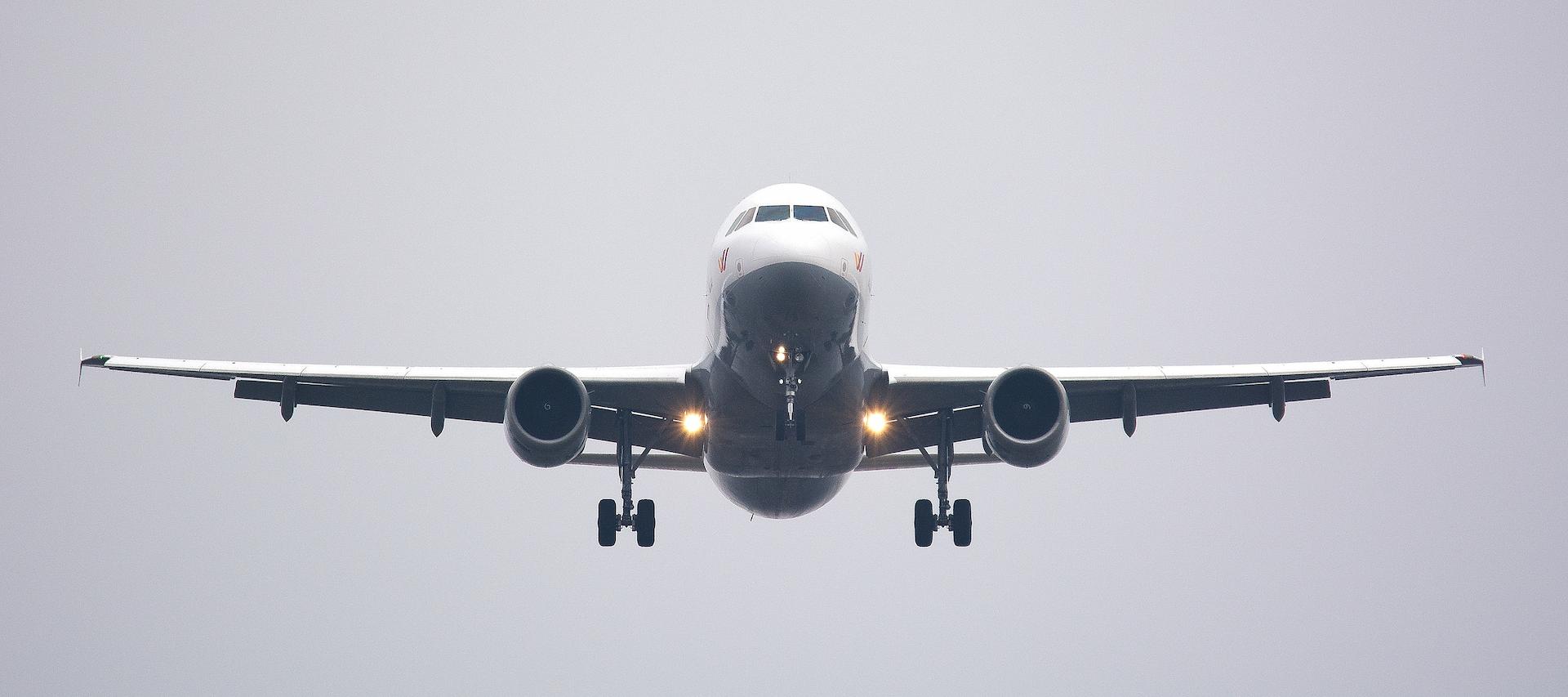Firstly check whether your operation can be accommodated within a standard
scenario. If it can, you do not need an authorisation, but you do need to submit a
declaration to the National Aviation Authority. A standard scenario is an operation
defined in the Appendix to the drone regulation (EU Regulation 2019/947). You need
to use a drone marked with the appropriate class identification label (5 or 6). After
submitting the declaration to the National Aviation Authority, you will receive the
confirmation of receipt and completeness from the National Aviation Authority and
operate following the limitations of the standard scenario.
Otherwise, there are other means to obtain an operational authorisation under the
‘specific’ category, depending on the level of risk the operation poses. The drone
operator can apply for:
1. An operational authorisation by conducting a risk assessment of the
intended operation using a methodology for the risk assessment; one
possible method is the SORA (specific operation risk assessment) that you can find as AMC1 to Article 11 to Regulation (EU) 2019/947. This methodology helps
to identify the risk level of the operation and to identify the mitigations and
operational safety objectives needed to make the operation safe. When the
drone operator believes they have put in place satisfactory measures to ensure
the safety of the operation, they send all the information to the National
Aviation Authority and apply for an operational authorisation. When the
National Aviation Authority is satisfied, it provides the drone operator with the
authorisation, and the operation can be started.
2. An operation authorisation through a predefined risk assessment’
(PDRA) as a simplification of the drone operator conducting a risk assessment.
For those operations that will be the most common in Europe, EASA will carry
out the risk assessment and will publish, as an acceptable means of compliance
with the drone regulation, the list of the actions that the drone operator needs
to put in place in order to conduct the operation safely. An application for an
authorisation to the National Aviation Authority is still needed, however, both
the drone operator and the National Aviation Authority will benefit from the
standardised measures defined in the PDRA. The PDRAs are published by EASA
as AMC to Art 11 to Regulation (EU) 2019/947; more are already under
development.
3. Light UAS operator certificate (LUC): this is a voluntary certification, after
which the National Aviation Authority may allocate some privileges to the drone
operator.
Drone operators may ask the National Aviation Authority to assess their
organisation to evaluate whether they are capable of assessing the risk of an
operation themselves. The requirements to be demonstrated by drone
operators are defined in Part C of Regulation (EU) 2019/947. When the National
Aviation Authority is satisfied, they will issue a light UAS operator certificate
(LUC) and they will allocate privileges to the drone operators based on their
level of maturity. The privileges may be one or more of the following:
- To conduct operations covered by standard scenarios without submitting a declaration;
- To self-authorise operations conducted by the drone operator and covered by a PDRA without applying for an authorisation.
- To self-authorise all operations conducted by the drone operator without applying for an authorisation.
Regulatory reference: article 12 of EU regulation 2012/947.





